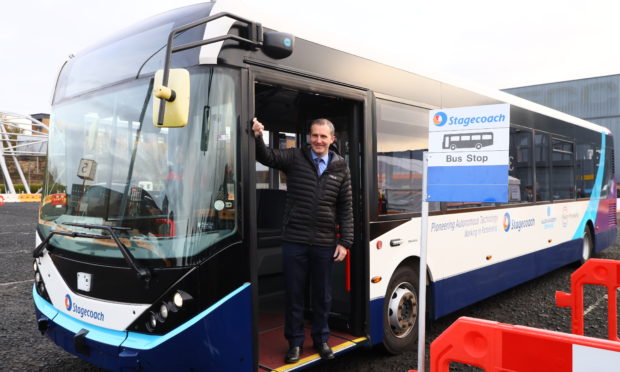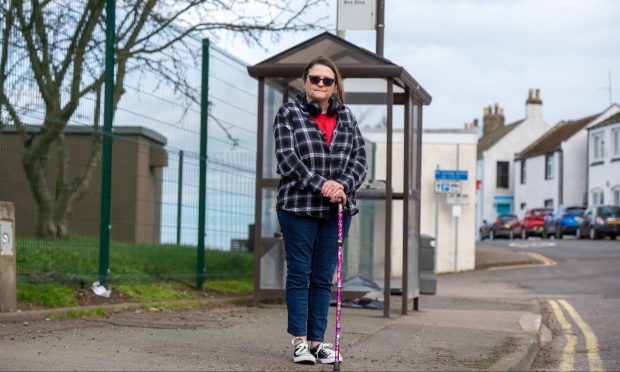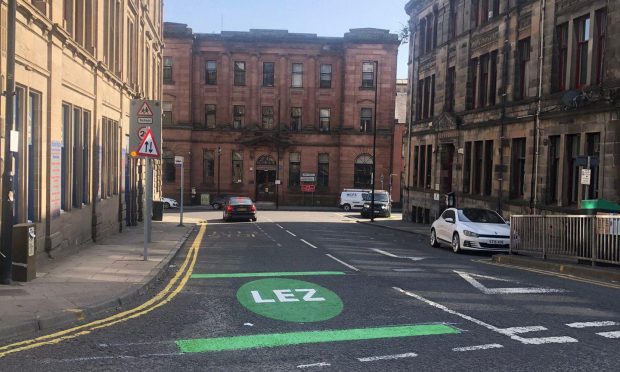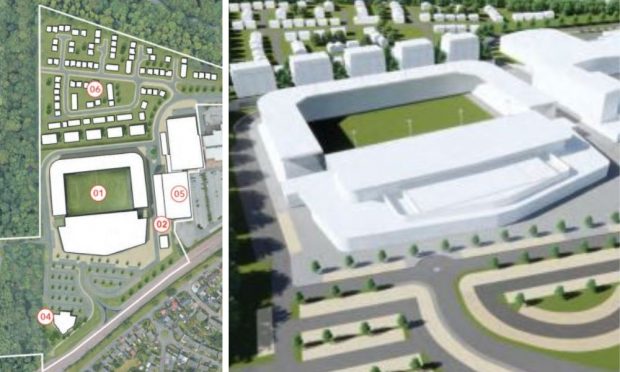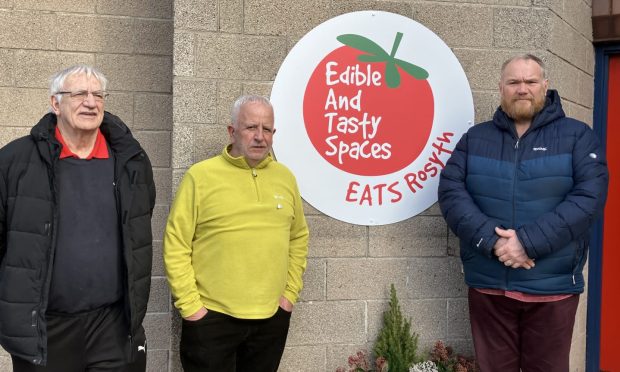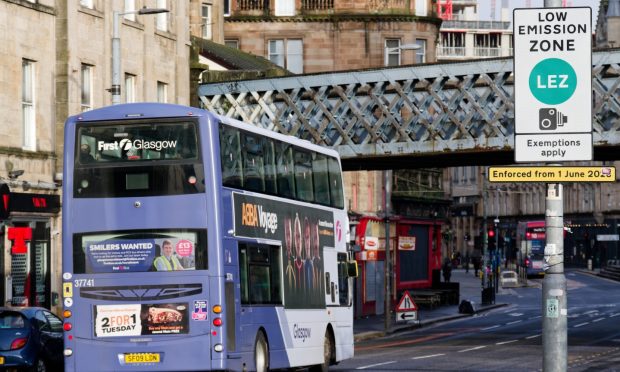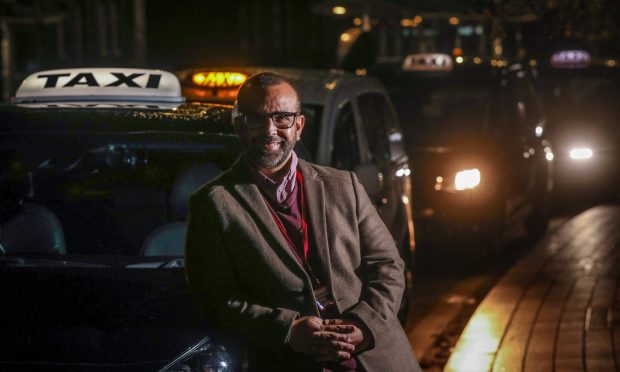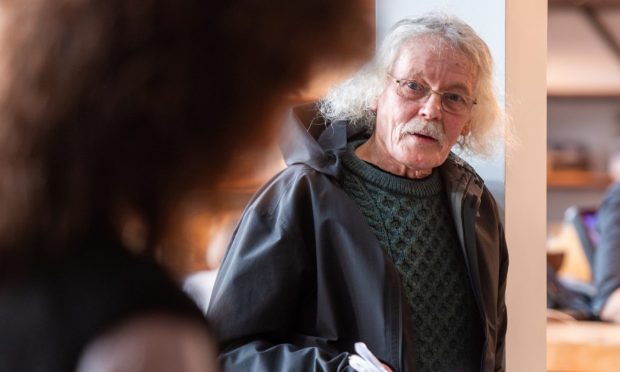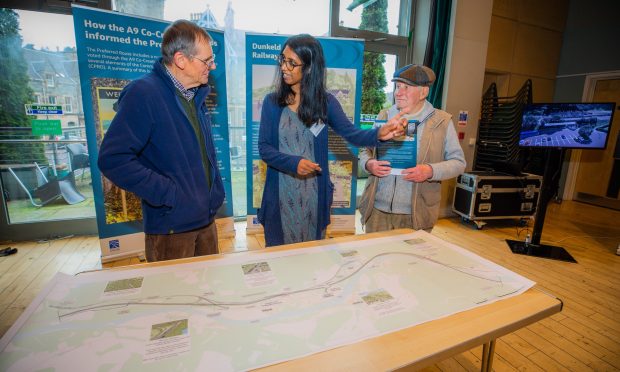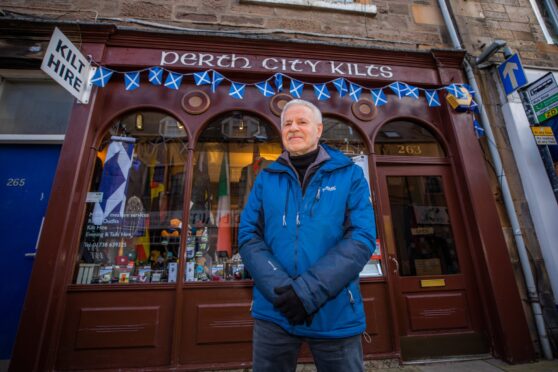Scotland has been given a first glimpse of the driverless technology to be trialled on buses in Fife next year.
Europe’s first full-sized self-driving bus was unveiled at a major summit in Glasgow on Wednesday, before the “globally significant” year-long pilot using vehicles travelling across the Forth Road Bridge.
The demonstration at the Connected and Autonomous Vehicles Summit (CAV Scotland) involved an autonomous bus already trialled by Stagecoach in Manchester.
The buses for the 14-mile journey between Ferrytoll park and ride in Inverkeithing and the Edinburgh Park train and tram interchange are still in development.
Operated by Stagecoach East Scotland, the five single-decker vehicles will each be capable of carrying up to 42 people and are expected to transport around 10,000 passengers a week over the road bridge.
Although they will be equipped with autonomous technology, including radar and cameras, a driver will be on board during any journey, in line with UK regulations. The trial was announced a year ago.
Transport Secretary Michael Matheson was at the Glasgow summit, where he hailed the project as ground-breaking.
“I was particularly pleased to experience the demo of the prototype automated bus system as it’s the type of innovation that shows Scotland is very much open for business when it comes to trialling these types of vehicles,” he said.
“Our trunk road network can provide a wide range of environments as a diverse testing ground and the ground-breaking and globally significant Project CAVForth will really help Scotland establish its credentials on the world stage.”
Stagecoach Group chief executive Martin Griffiths said the company was pleased to be leading the way in Scotland’s first autonomous bus trial.
“Our industry, customers and employees can benefit hugely from autonomous technology as it can make services safer, more efficient and help to deliver better journeys,” he said.
The project also involves bus manufacturer Alexander Dennis, technology company Fusion Processing Ltd, Bristol Robotics Laboratory and Napier University, as well as Transport Scotland.
Jim Hutchinson, Fusion Processing chief executive, said CAVForth was the most advanced autonomous bus project anywhere.
“As well as providing autonomous systems, Fusion Procssing will provide spin-off projects from the technology that can help today’s manual driven buses, such as tech that can recognise pedestrians and cyclists and warn the driver, automated emergency braking and replacement of external mirrors with advanced vision systems,” he said.
